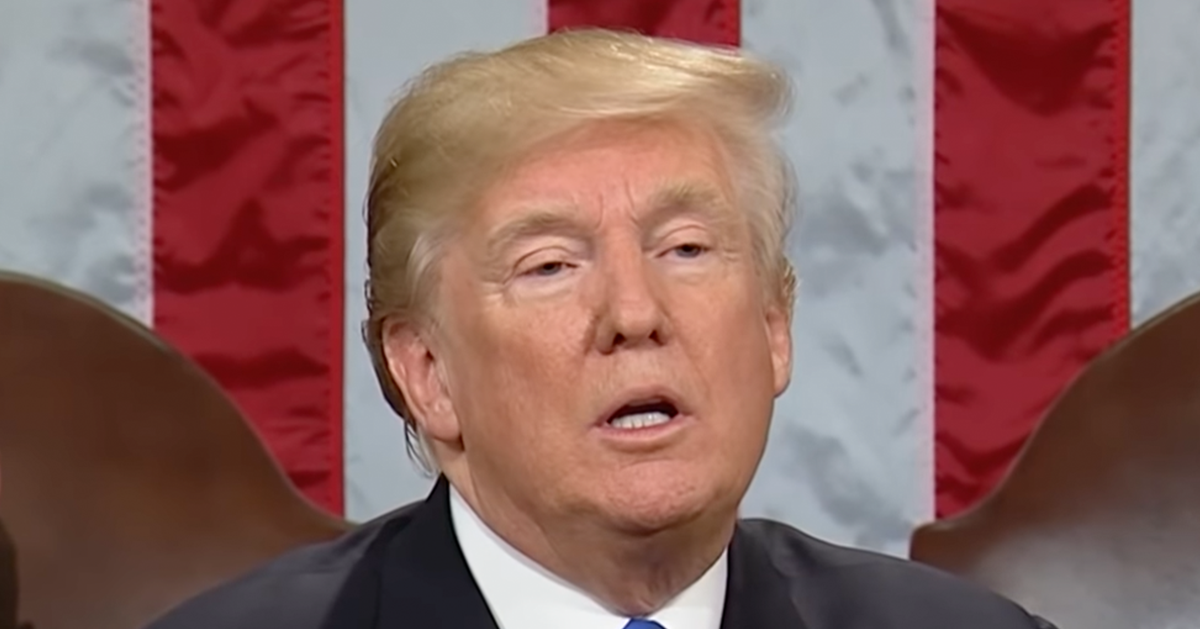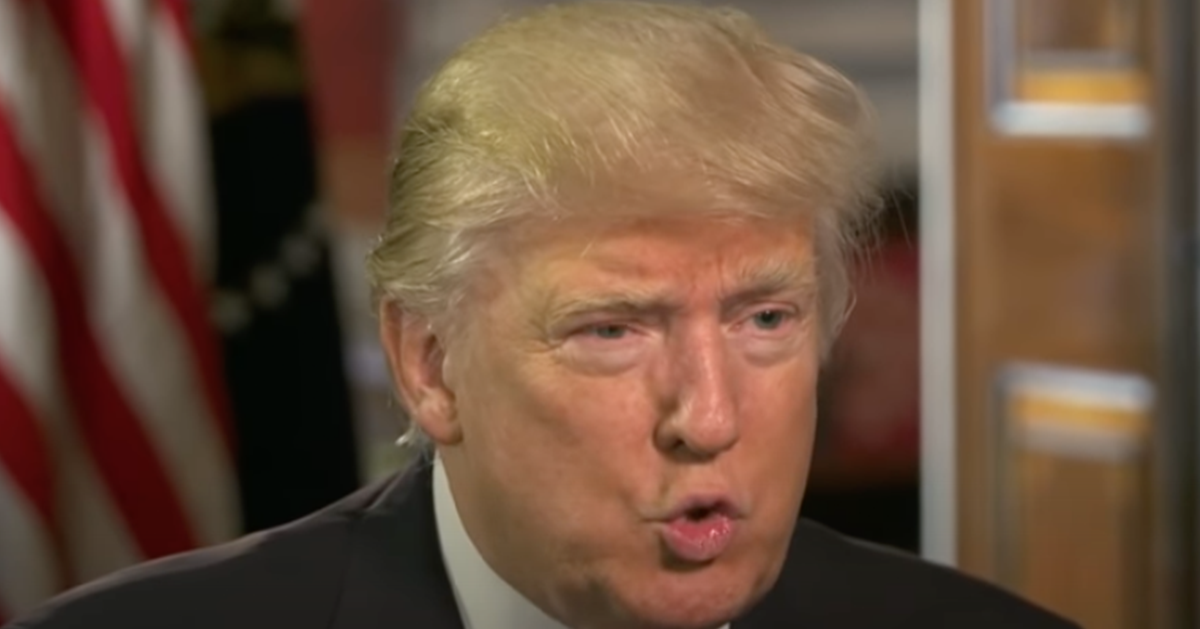SCOTUS Maintains Biden EPA's Emissions Rule
The United States Supreme Court has made a pivotal decision concerning national climate regulations by declining to pause the Environmental Protection Agency's new rule aimed at curbing carbon output from power plants.
This judgment represents a milestone in President Joe Biden's climate agenda, one which former President Donald Trump opposes, allowing the regulation to remain active while legal proceedings continue, as Newsmax reports.
The ruling arrived as West Virginia and a coalition of states sought intervention against the EPA's strict emission guideline, which they argue threatens the coal industry.
Supreme Court Decision Amid Ongoing Climate Efforts
The controversy centers around a regulation the EPA implemented on July 8, which specifically targets carbon discharges from plants powered by coal and gas.
This directive mandates a reduction in greenhouse gases that contribute significantly to environmental changes.
The high court's refusal to grant emergency requests to delay this rule comes amid challenges raised by over 25 states, alongside power producers and trade groups.
This segment of challengers contends that the EPA overreached in its authority by imposing such stringent standards under the Clean Air Act.
Central to the EPA's policy is the integration of technologies like carbon capture and storage to lessen emissions from existing coal and newly constructed gas plants.
EPA's Authority and Impact on Coal Industry
In 2022, the Supreme Court effectively limited the EPA's ability to enforce comprehensive regulatory schemes. However, this recent development suggests the Court acknowledges the current rule's basis in established legal frameworks.
Fossil fuel power production remains a major source of domestic greenhouse gases, responsible for roughly a quarter of emissions. The EPA's strategy includes a noteworthy target: reducing emissions from coal plants by 90% by the year 2032, particularly for those operating past 2038.
Critics like West Virginia describe the regulation as a "backdoor avenue" designed to phase out coal operations, questioning the scalability of the carbon reduction technology proposed by the EPA.
Legal Challenges and Judicial Response
Multiple lawsuits have been directed to the U.S. Court of Appeals for the D.C. Circuit to contest the EPA's actions.
This court has already ruled that the agency's measures stand on firm legal ground, thereby keeping the regulation active.
Opponents of the rule argue that the EPA is essentially sidestepping legislative boundaries set for its authority. Their viewpoint emphasizes that the technology prescribed has yet to prove its effectiveness on a large scale as claimed.
The ongoing legal battles spotlight the tension between regulatory ambitions and economic implications for fossil fuel-heavy states and industries.
Future Implications for Climate Policy
As litigation progresses, the current enforcement of emission reduction policies represents an promising outcome for environmental advocates. The rule is a tangible reinforcement of commitments under President Biden’s environmental policies.
Advocates say that the decision not to suspend the regulation suggests a legal inclination towards supporting scientifically backed climate initiatives, despite industrial opposition. It underscores their desire for a national movement towards transitioning to reduced carbon reliance.
While the outcome for coal and gas plant operators remains uncertain amid continued legal scrutiny, the adherence to the EPA's rule signals to some a government ready to embrace advanced technology for environmental protection.
The conversation around this policy continues, as its implications resonate from courtrooms to boardrooms across the nation.






